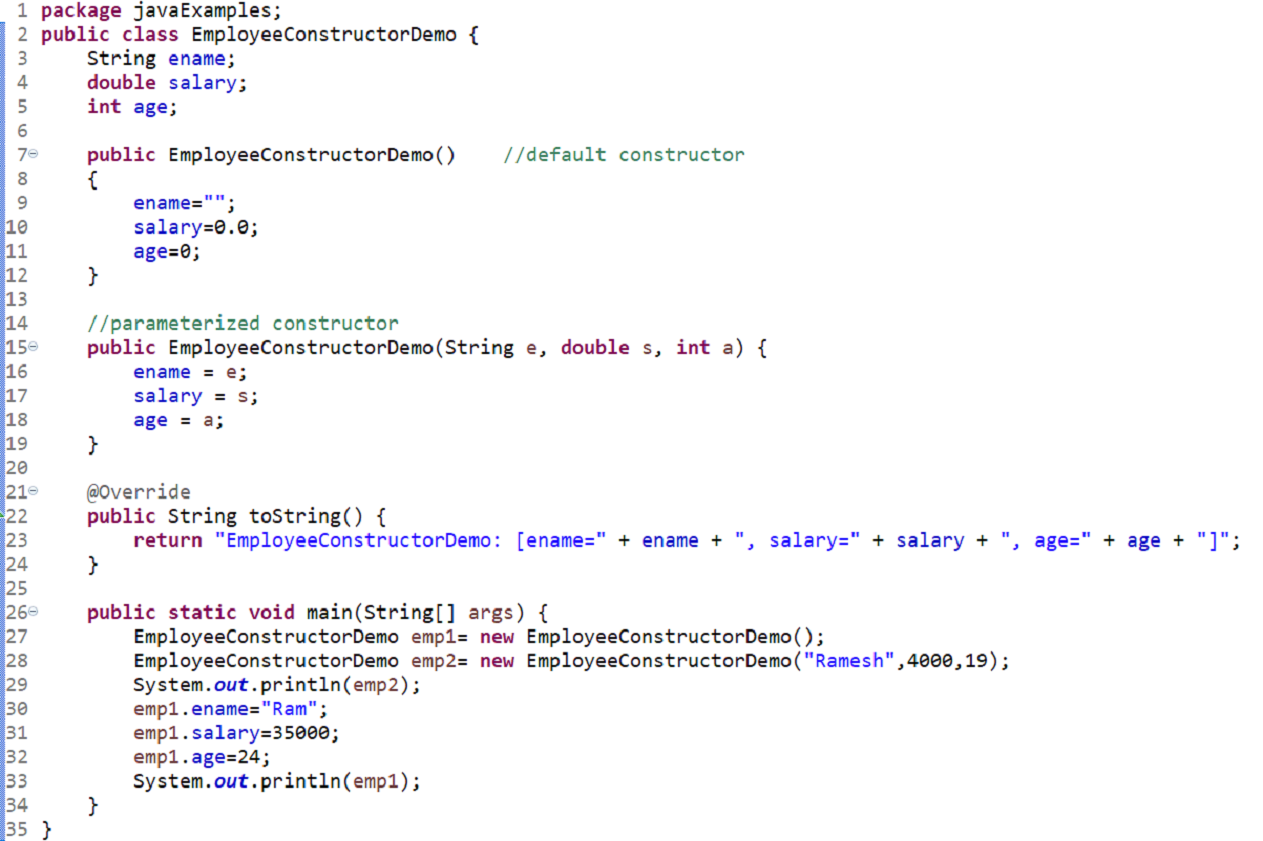

Note that methods (including getters and setters) and the prototype chain are already initialized on this before the constructor is executed, so you can even access methods of the subclass from the constructor of the superclass. Within the constructor body, you can access the object being created through this and access the class that is called with new through new.target. The constructor body after the super() call (or the entire body, if it's a base class) is evaluated.However, you may use the call to super() with arguments if the parents constructor takes parameters, and you wish to specify them. The current class's fields are initialized. There is an implicit call to super() with no arguments for all classes that have a parent - which is every user defined class in Java - so calling it explicitly is usually not required.

The generics in java programming were introduced in J2SE 5 to deal with type-safe objects. And their type differs based on their type arguments.

Here's an example of a method that accepts an array as an argument. This includes primitive data types, such as doubles, floats, and integers, as you saw in the computePayment method, and reference data types, such as objects and arrays. Character class escape: \d, \D, \w, \W, \s, \S You can use any data type for a parameter of a method or a constructor.Enumerability and ownership of properties.


 0 kommentar(er)
0 kommentar(er)
